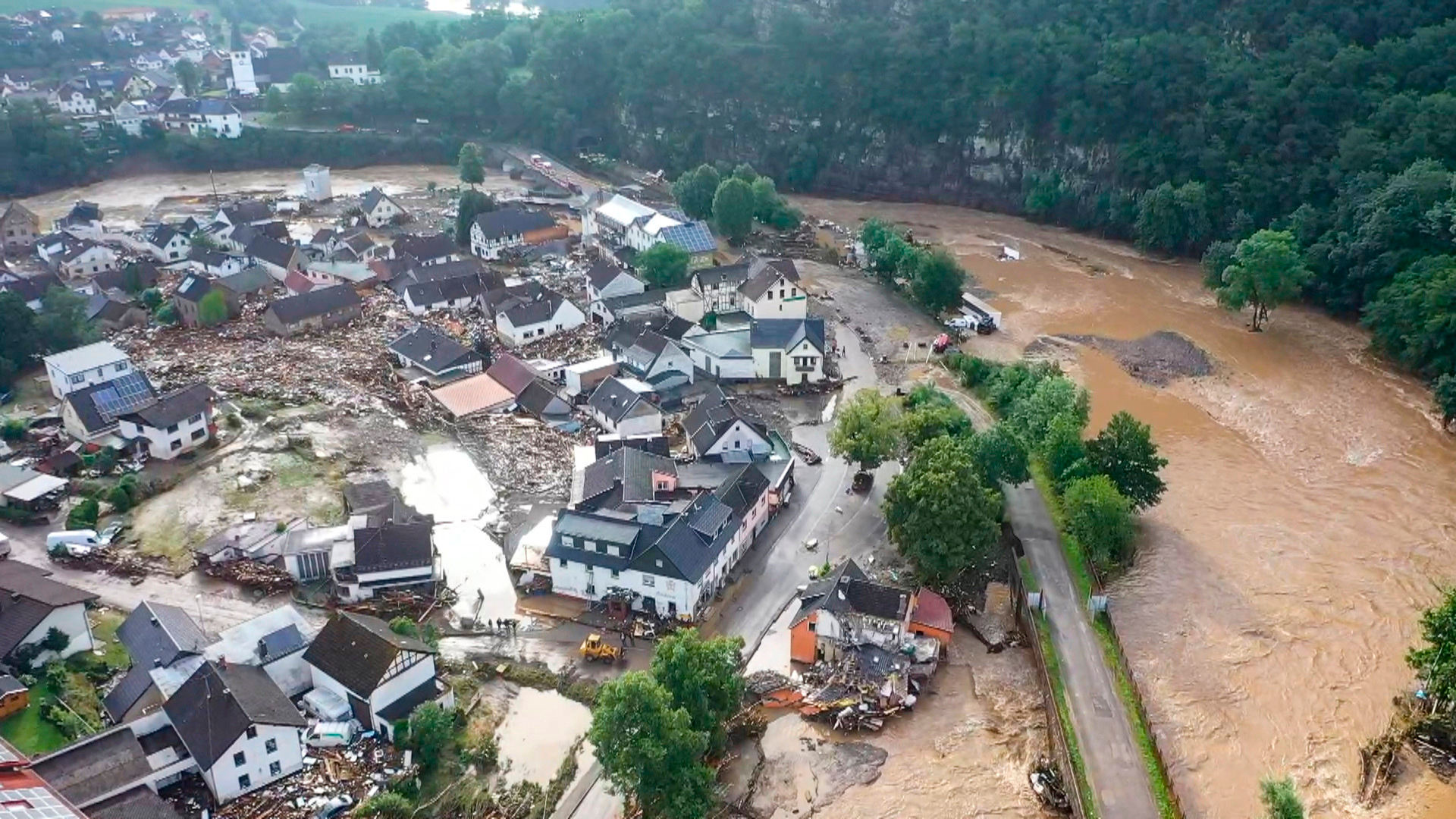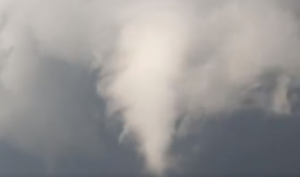Heavy rains and floods lashing western Europe have killed at least 59 people in Germany and nine in Belgium, and many more people are missing as rising waters caused several houses to collapse on Thursday.
German Chancellor Angela Merkel, who visited the White House on Thursday, expressed deep sympathy for victims of the flooding.
Speaking at the White House during a trip to Washington, she called it a day “characterized by fear, by despair, by suffering, and hundreds of thousands of people all of a sudden we’re faced with catastrophe.” US President Joe Biden too offered his “sincere condolences and the condolences of the American people for the devastating loss of life and destruction”.
Watch: Firefighters wade through floodwaters to save people in Germany
Unusually heavy rains have inundated the four countries, causing rivers to burst their banks and flooding streets in cities and towns, while power was knocked out for hundreds of thousands of households.
In Germany, which is experiencing one of the worst weather disasters since World War II, desperate residents sought refuge on the roofs of their homes as rescue helicopters circled above.
Also read: Germany flash floods: What we know so far
What is the cause of the floods?
Heavy storms and unexpected rainfall in the region caused the banks of the rivers and reservoirs situated in the French-speaking region of Wallonia to burst, raising the level of water in Western Germany and causing flash floods.
“Ordinarily, we only see weather like this in winter. Something like this, with this intensity, is completely unusual in summer,” Bernd Mehlig, an environment official from the western German state of North Rhine-Westphalia (NRW) told public broadcaster WDR. The NRW region has suffered the most due to the floods.
Also read: Endangered and extinct red list: How are plants, animals classified?
A spokesperson for the city of Hagen’s crisis team predicted that water would reach levels not seen more than four times a century.
“This is the new normal. Climate change is also changing the definition of normal weather. We are slowly approaching a new normal that includes different rainfall patterns,” Johannes Quaas, a meteorologist at Leipzig University told WDR.







